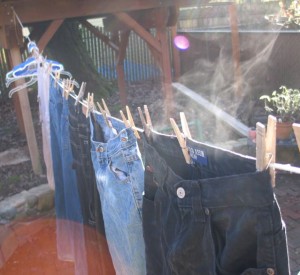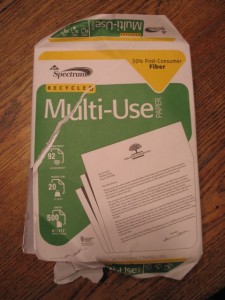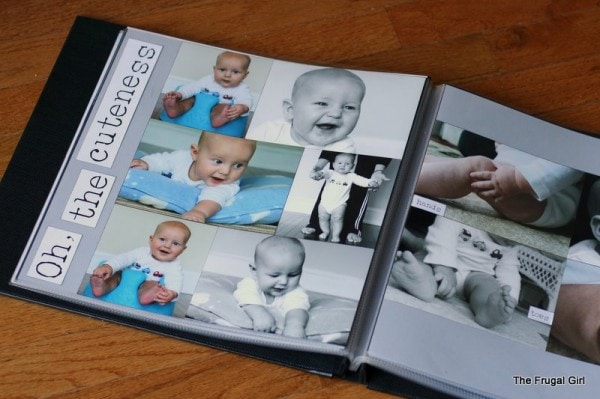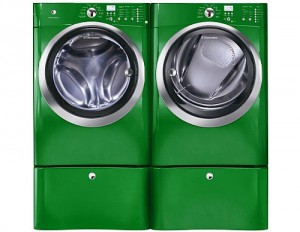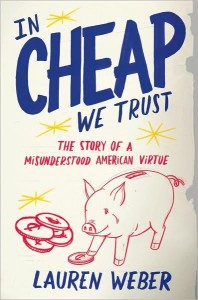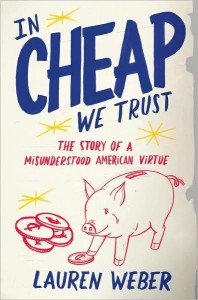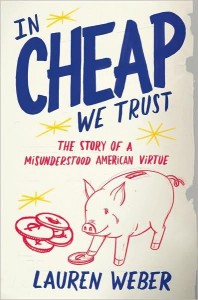Today is day two of the Dine-In Week Challenge, and already it’s affecting me.
Yesterday I worked, which made things pretty easy. I get a half-hour lunch break, and although other nurses do it, I don’t like to use up a huge chunk of my too short break grabbing food from the cafeteria. I bring simple food from home which always feels right, as a big lunch weighs me down and makes me feel sluggish for the rest of my shift.
Both my husband and I were kind of dragging come dinner time, so I asked him to repeat a meal he’d made just the night before. It was some sort of spicy chicken dish mixed with whole wheat spaghetti noodles that had been a huge hit with the four of us. (There had even been conflict about who would get the leftovers in their school lunch the next day!) When I asked him if we still had the ingredients on hand for a repeat performance, my husband laughed and replied that we always have the ingredients!
We later walked over to the Fred Meyer grocery store, as the unusual sunny weather was just too good to pass up, plus we needed to pick up lettuce for a salad. Whole roaster chickens were on sale for 69¢ a pound, so I bought one for tonight. I don’t often buy whole chickens as I have a nasty habit of meaning to make soup with the leftovers and then not getting around to it. (A large component of decreasing my food waste has been to recognize what foods I’m wasting, and then making changes based on that self-awareness.)
So tonight’s dinner will be roasted chicken with new potatoes. (Someone left the potatoes at one of my mother’s guest cottages, and I am the primo #1 gleaner of these rentals.)
Here’s how the Dine-In-Challenge has affected me so far. My husband and I went for a longish walk this morning, and passed a really nice coffee shop along the way. Normally I would have suggested that we go in for a treat, but today we just kept walking. Saved me both money and the empty calories I would have consumed.
Are you participating in the Dine-In Week Challenge, and if so, what’s for dinner tonight? Please share your yummy thoughts in the comments section below.
Katy Wolk-Stanley
“Use it up, wear it out, make it do or do without.”
P.S. Interesting in learning more about food waste? Make sure to take a look through Jonathan Bloom’s terrific wastedfood.com blog!
{ 18 comments }

